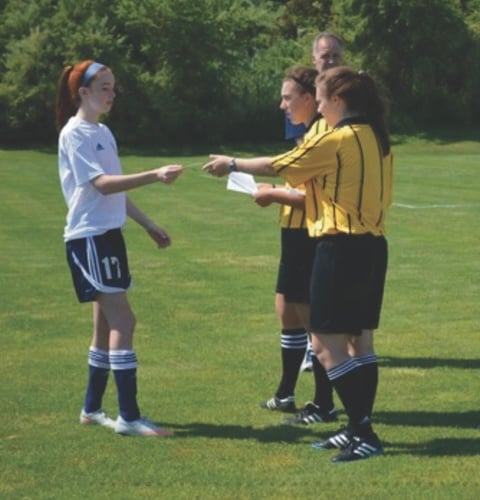Get the Best Family Activities
Data show that padded headgear and the use of mouth guards do not reduce the risk of concussion. Coaching proper heading techniques can help, but because of the nature of the game—players running fast with their heads down looking at the ball—collisions are inevitable.
Player-to-player collisions rather than purposeful heading cause most concussions. Head-to-head contact often occurs when two players try to head a ball. Head to knee contact and being knocked down causing the head to hit the ground can also result in concussions, says Pecci.
Soccer concussions can also occur from sudden acceleration and deceleration, he says. When a player is running fast and is stopped quickly, his or her head motion stops quickly and jars the brain in the close space of the skull. This trauma is similar to the head hitting the ground or another player.
Because avoiding concussions in soccer is difficult, it's crucial for adults and players to be attuned to the danger of concussion. Unfortunately, that danger is often overlooked, says Pecci.






.jpg)

